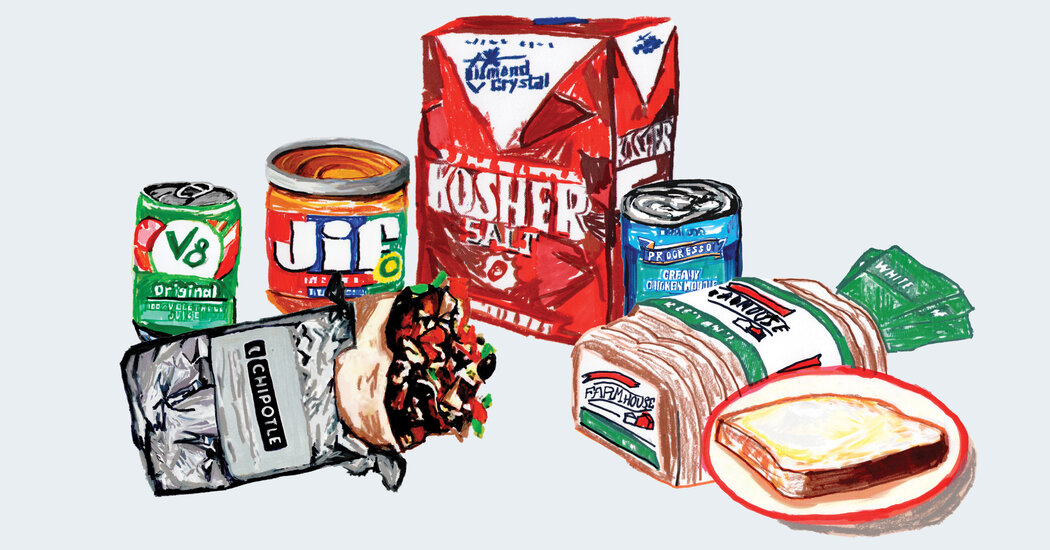Cyanocobalamin (lovin' the cyanide molecule)
Cyanocobalamin is one form of B12, and has been found to be effective in preventing B12 deficiency. And, although the cyanide may be scary (it is in apple seeds after all), cyanocobalamin has actually been used to TREAT cyanide poisoning. Additionally, our bodies have enzymes that can effectively neutralize small amounts of cyanide we do ingest (again, like from apple seeds, but it is actually pretty common - including staples like cassava and almonds).
Ferric phosphate, and iron fortification in general, has mixed results on whether or not it effect iron deficiency/anemia, which is discussed in the previously linked article. However, numerous studies have found it to be effective.
cheapest, least bioavailable forms of the B vitamins
Yes, bioavailability can be an issue with many vitamins and minerals. Which is why studies are done to see whether or not the fortification process has effected nutritional deficiencies.
folic acid instead of folate.
Folic acid is controversial, however research has indicated that
it is not useless. Funnily enough, folic acid in fortified food is better absorbed than folate from natural food sources.
Just because something is a synthetic form of a naturally occurring vitamin does not mean it works worse.
Many of these things have many many many years of studies looking at humans, human health, human metabolism, etc. Some things are still controversial in that there are some studies that show no benefit, some that show negative effects, and some that show benefits.
Again, while it is easy to throw everything away, fortification of food was done to solve a very real problem of micronutrient deficiencies, particularly for low and middle income people/countries. It is easy to cast stones, and criticism of implementation is warranted (again, read the article I linked - they mention numerous problems with fortification, but they also mention benefits), but saying "bad things were put in and that's why they added salt" just doesn't make sense. At least not with corn flakes.
The non-internet reality is that when you look at low income countries that implement food fortification programs, you see a dramatic decrease in childhood mortality, birth defects, and developmental abnormalities.





